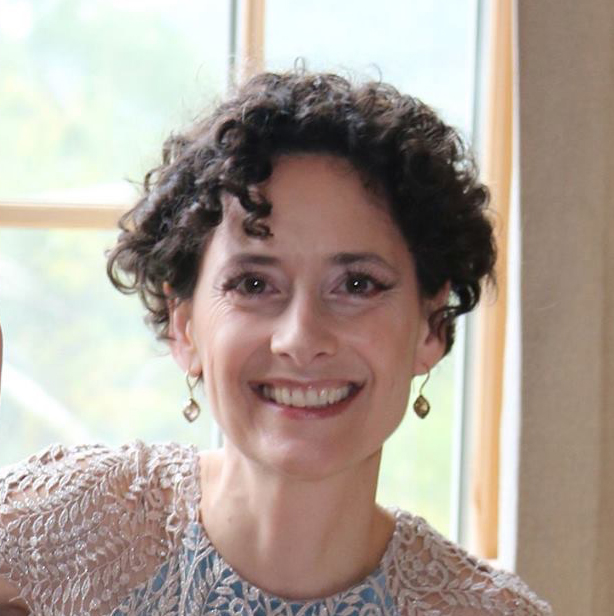Trustees outline priorities
At its Oct. 16 meeting, the Vermont State Colleges System Board of Trustees established three priorities for the system: affordability, accessibility, and quality and relevance of academic programming, priorities that NVU President Elaine Collins said reflect the heart of what public education should be.
“This is the essence of public higher education in my mind,” Collins said in an interview with Basement Medicine.
The trustees defined affordability as a relative measure of cost and debt versus current parental earnings and expected future student earning potential. “Affordability,” Collins said, “that is just so critical to our students,” noting that it has been a challenge.
“We are always trying to do our best to keep the cost as low as possible, but the realities are that things increase in cost that we have to keep up with as well. But we realize that we have to figure this problem out. We just have to. At some point, it just gets to be too costly.”
Success on this measure would mean reducing the cost of attendance, increasing the number of low-income students enrolled and succeeding in VSCS programs and students leaving the VSCS with manageable debt loads.
The board defined accessibility as all students being able to pursue their educational goals regardless of financial means, geography, college readiness or technological access. “If you don’t have access, there is no point in anything else,” Collins said. “For me, that’s what public state education is all about: is access.”
The board defined success here as increased access to VSCS programs regardless of race, gender, age, and prior educational experience, among other factors, as well as increased retention and the VSCS having a “meaningful” presence across the state.
The third strategic priority is relevance of academic programming. This one serves a dual interest: to the state and the students. For students, it means being able to pursue their chosen path of study with the expectation of a good “return on investment” and of being prepared to meet external measures of success. On the state side, this means the VSCS provides quality programs in a fiscally responsible manner that are aligned with the state’s workforce needs.
Collins said that even if a school is affordable and accessible, if it does not have quality, there is little point in it, either. “You can have something that is affordable and accessible with no quality, and that would be terrible,” she said. “You want to make sure that our students are just as competitive as anybody else. So quality and relevance is really critical because we are competing in a different world, and it is changing by the minute. … And we just need to make sure that our students are prepared for the future, and we need to make sure that they receive a very strong education in terms of quality and rigor.”
The board did a “great” job choosing and prioritizing the issues, Collins said. “I’m looking forward to talking about the next phase and the implementation work we are going to do.”
At its Nov. 16 meeting, the trustees adopted the Chancellor’s Recommendations for Strategic Action, a shortlist of priorities to focus on in this academic year.
The recommendations commit to action on parts of all four priority sections. These actions include increasing affordability by “reducing the cost of textbooks and ancillary materials, improving the on-time graduation rate, and increasing average class size at residential campuses.” Increasing accessibility by “improving the support services available to all students through expanded training on and use of Canvas (Learning Management System) and Aviso (Advising software) across the system, as well as improved career counseling and mentorship of at-risk students,” and by “expanding access to VSCS programs for traditional and nontraditional students by offering flexible delivery modalities (in person, virtual, hybrid, etc.) and flexible scheduling (such as accelerated programs, evening/weekend, etc.).” Ensuring graduates meet externally-recognized measures of achievement by conducting an annual survey of recent graduates and their employers. And improving relevance of programming through “development of degree paths with embedded Industry Recognized Credentials (IRCs).”
VSCS Chancellor Sophie Zdatny said that the colleges will present institution-specific strategies for realizing these commitments at the board’s meeting in December.
Rep. James Masland, a VSCS board member, said in a recent interview that he thought the shortlist of priorities is “all good.”
“There’ll be little hiccups here and there that we’ll need to work through, but OK, that’s the job,” Masland said.
Zdatny noted in a Nov. 5 interview that there are a limited number of possible options for strategic priorities that institutions of higher education are likely to come up with. However, she said it was important for the board to “go through the exercise because it will be important as we look to the future that we know what our priorities are.”
She said that the VSCS did have priority-like items on its website before this, but they weren’t technically strategic priorities. “Our goal was to get to a point where we had something concrete and measurable,” Zdatny said of the new goals.
Though the VSCS is struggling now, Zdatny said that there are benefits of being part of a larger institution. The VSCS “really needs to try to capitalize on that so that each institution is realizing the benefit of being part of a system,” she said.
“If we don’t deal with the finances, we don’t work together as an integrated system, you can have all the strategic priorities you want, but you’re not going to ultimately get to a place that is fiscally sustainable.”
“I think that undergirds everything: financial stability is critical.”
She noted that some of these priorities may require investment. “You can’t just cut your way out of things.” Retention was a specific example Zdatny pointed to. She said that VSCS students need a lot of assistance, but that in the long run, it makes sense to invest in improving retention. “You’ve got to find that balance between cutting and investing.”



